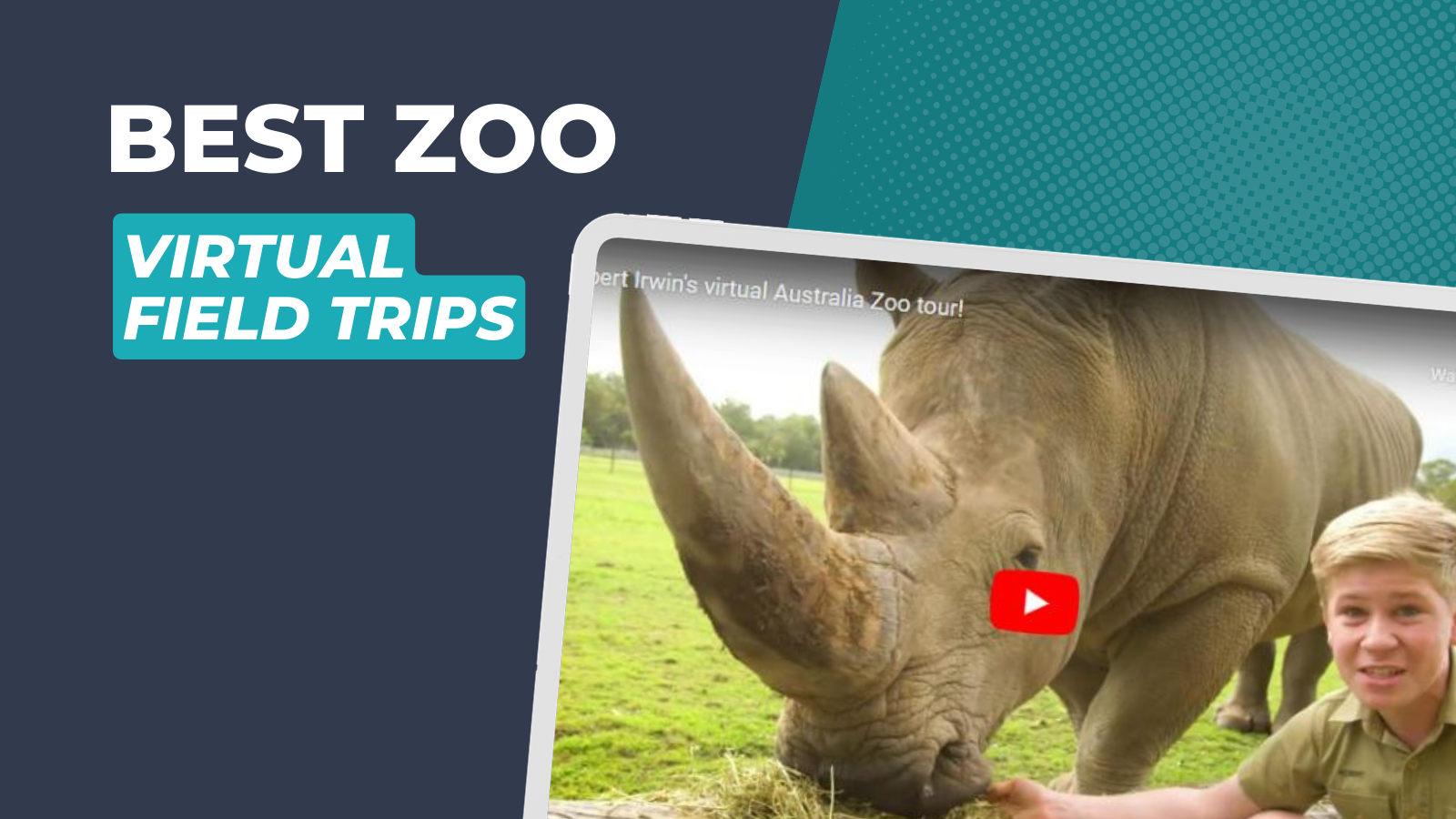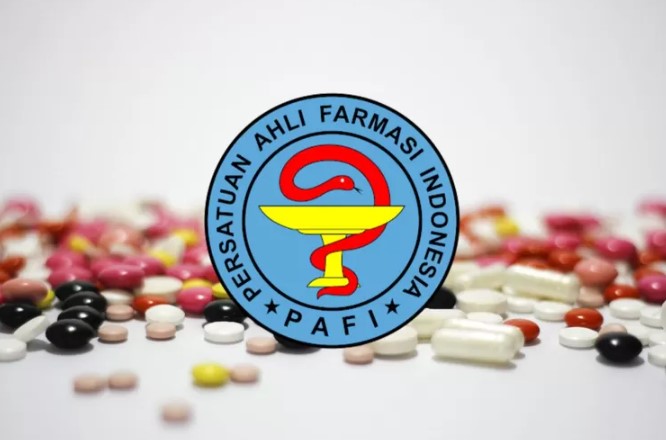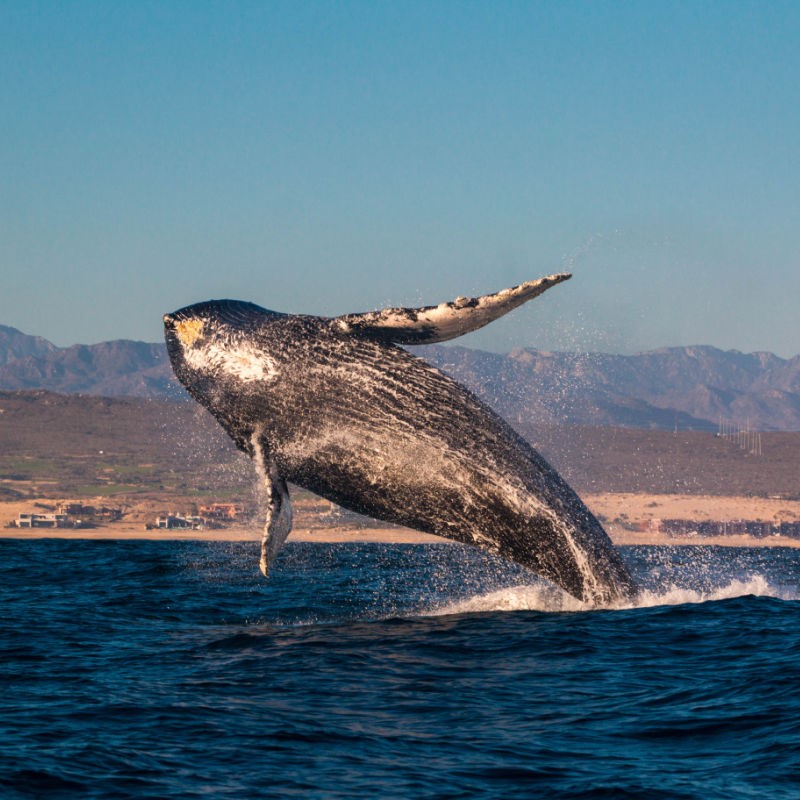Animal personalities can trip up science, but there’s a solution
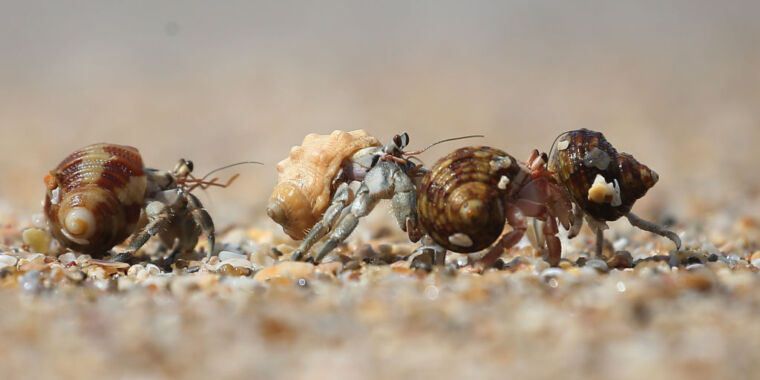
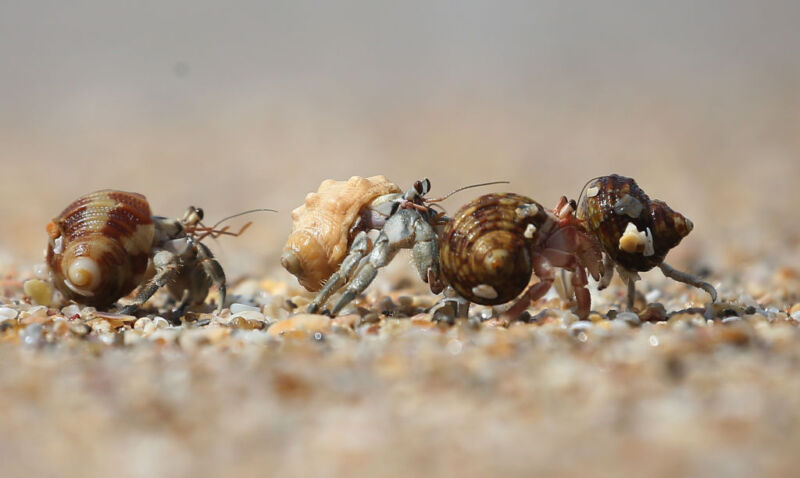
A number of several years back, Christian Rutz started off to speculate whether or not he was supplying his crows plenty of credit rating. Rutz, a biologist at the University of St. Andrews in Scotland, and his workforce had been capturing wild New Caledonian crows and difficult them with puzzles manufactured from natural products in advance of releasing them once more. In one check, birds faced a log drilled with holes that contained concealed food stuff, and could get the foods out by bending a plant stem into a hook. If a bird did not consider in just 90 minutes, the scientists taken out it from the dataset.
But, Rutz claims, he before long started to realize he was not, in reality, researching the abilities of New Caledonian crows. He was finding out the abilities of only a subset of New Caledonian crows that swiftly approached a strange log they’d in no way noticed before—maybe due to the fact they ended up specially courageous, or reckless.
The staff adjusted its protocol. They began providing the much more hesitant birds an excess day or two to get applied to their environment, then trying the puzzle once again. “It turns out that several of these retested birds instantly begin engaging,” Rutz says. “They just essential a very little little bit of further time.”
Experts are progressively realizing that animals, like folks, are individuals. They have unique tendencies, patterns and existence ordeals that may perhaps impact how they accomplish in an experiment. That implies, some researchers argue, that much revealed study on animal actions may possibly be biased. Studies saying to exhibit a little something about a species as a whole—that environmentally friendly sea turtles migrate a specified length, say, or how chaffinches reply to the music of a rival—may say far more about individual animals that had been captured or housed in a particular way, or that share sure genetic capabilities. That’s a dilemma for scientists who search for to comprehend how animals feeling their environments, gain new knowledge and dwell their life.
“The samples we attract are very generally seriously biased,” Rutz states. “This is a thing that has been in the air in the community for rather a extended time.”
In 2020, Rutz and his colleague Michael Webster, also at the University of St. Andrews, proposed a way to deal with this challenge. They known as it Unusual.
https://www.youtube.com/check out?v=2BsvsYIe5uo
This online video from a person of Christian Rutz’s experiments demonstrates a wild New Caledonian crow bending a plant stem into a hook to retrieve meals from a hole. Although some birds have been hesitant to technique the supplies at very first, Rutz recognized that lots of of them could resolve the puzzle with added time.
Personalities are not just for individuals
Why “STRANGE”? In 2010, an posting in Behavioral and Brain Sciences advised that the people today analyzed in significantly of posted psychology literature are WEIRD—drawn from Western, educated, industrialized, loaded, and democratic societies—and are “among the minimum consultant populations just one could find for generalizing about humans.” Scientists could attract sweeping conclusions about the human mind when genuinely they’ve researched only the minds of, say, undergraduates at the College of Minnesota.
A 10 years later, Rutz and Webster, drawing inspiration from Weird, released a paper in the journal Mother nature known as “ How Bizarre are your research animals?”
They proposed that their fellow behavior researchers consider various elements about their examine animals, which they termed Social track record, Trappability and self-variety, Rearing historical past, Acclimation and habituation, Organic adjustments in responsiveness, Genetic make-up, and Knowledge.
“I first began contemplating about these kinds of biases when we were being working with mesh minnow traps to accumulate fish for experiments,” Webster suggests. He suspected—and then confirmed in the lab— that more active sticklebacks ended up much more probable to swim into these traps. “We now check out to use nets as a substitute,” Webster says, to capture a wider wide variety of fish.
That is Trappability. Other components that may well make an animal much more trappable than its peers, in addition to its activity level, consist of a bold temperament, a absence of experience or simply becoming hungrier for bait.
Other analysis has proven that pheasants housed in groups of five executed greater on a studying task (figuring out which hole contained meals) than all those housed in groups of only three—that’s Social history. Jumping spiders lifted in captivity had been fewer intrigued in prey than wild spiders (Rearing historical past), and honeybees discovered best in the early morning (Normal modifications in responsiveness). And so on.
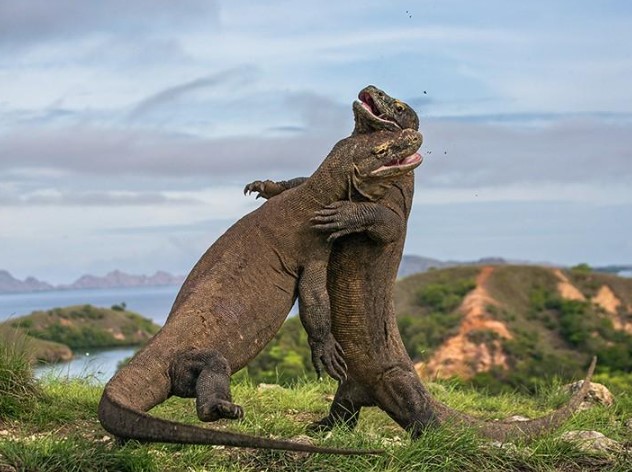
:quality(70)/cloudfront-us-east-1.images.arcpublishing.com/adn/4MOW67IAPBBTDHTECR6EU3TBCE.jpg)
